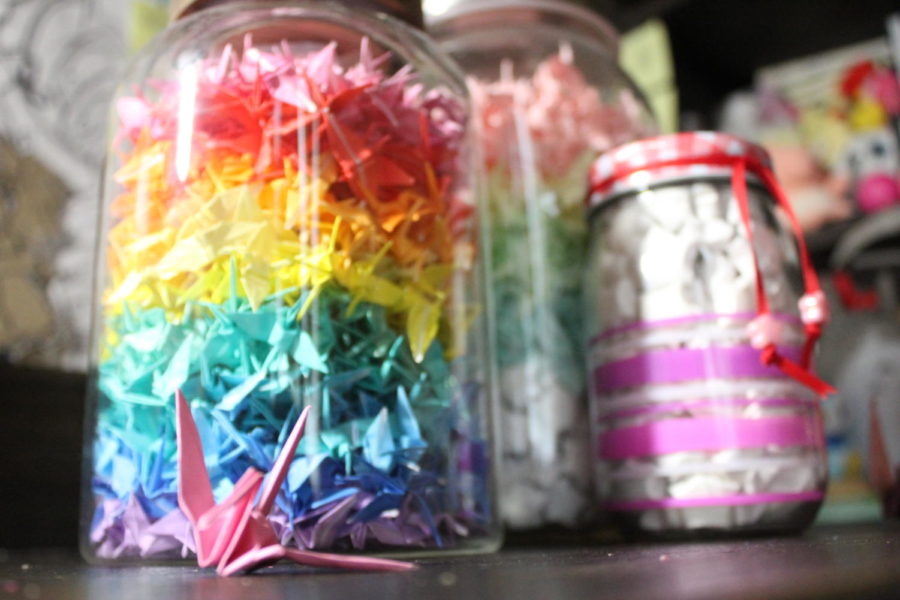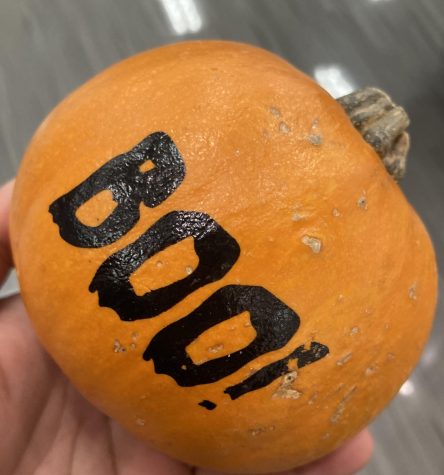What do you do when the world goes quiet?
March 31, 2021
One year ago, everything shut down. A new virus, COVID-19, began to spread rapidly. It hit hard and infected many. At first, in America, it seemed like it wouldn’t be a big deal. Then it spread. With the growing severity of the situation, everyone was forced into quarantine. Then it all started to sink in. The news seemed to only be rising numbers of infections and deaths. Images of crowded hospitals spread along with accounts of exhausted healthcare workers sharing their nightmarish experiences. The weight of the situation had started to feel suffocating.
Many families experienced personal losses, from deceased loved ones to financial hardship. Though jobs were put on hold, rent was not. Some grew closer to their faith, while others began to question it while looking at the worsening statistics. Relatives were not able to visit loved ones who were hospitalized. Funeral services became virtual.
But, after a while, many learn to get used to it. After you get over the dread and anxiety, you’re left with boredom. This is what shaped many people’s quarantines. Some turned to arts and crafts, others turned to music. Many binge-watched TV shows or watched movies. Typically busy families took the time to get closer. Pets got more attention. Spring cleaning wasn’t restricted to one season. Ordinary people became hairdressers, chefs, mechanics, and plumbers.
For Valarie, lockdown brought about the new hobby of origami. At the beginning of quarantine, she set out to organize every part of her apartment. When she was organizing her bookshelf, she came across the story of “Sadako and the Thousand Paper Cranes”. It was gifted to her by one of her friends but she had never gotten around to reading it. Since the book was so short, she put it aside to read later and continued organizing her bookshelf.
The story was about a young girl who was diagnosed with leukemia after being exposed to radiation from Hiroshima when she was two years old. She began folding paper cranes in hopes to fold 1,000 of them. She believed that if she could do this, her condition would improve. At the end of the book, there was a tutorial on how to fold paper cranes.
After reading the story, Valarie researched a bit on paper cranes. There’s a Japanese legend that anyone who folds 1,000 paper cranes would be granted one wish. Some versions also include the benefits of happiness and eternal good luck.
Valarie was a very superstitious person and she always took the chance to make a wish, whether it be on birthday candles, eyelashes, or shooting stars. So, she set out to make 1,000 paper cranes during quarantine. It took a while to get the hang of it, but Valarie was able to make a crane after a while. She continued to organize her apartment while making the cranes and ended up finishing the batch in August. Her wish was for there to be a vaccine for COVID-19. In November Pfizer and BioNTech announced their more than 90% effective vaccine.
After finishing her first batch, she began to start on another. Along the way she also learned about origami lucky stars. Another Japanese legend stated that putting origami stars would bring good luck. They’re often given as gifts, and the number of stars in jars have meanings. By now, it was already January, and Valarie was well over halfway through with the second batch of paper cranes. She decided on also making 365 stars for a year of blessings.
On March 12, one year after the start of lockdown, Valarie finished her second batch of cranes and her stars. For her paper cranes, her wish was for the next 365 days to be better than the last.







